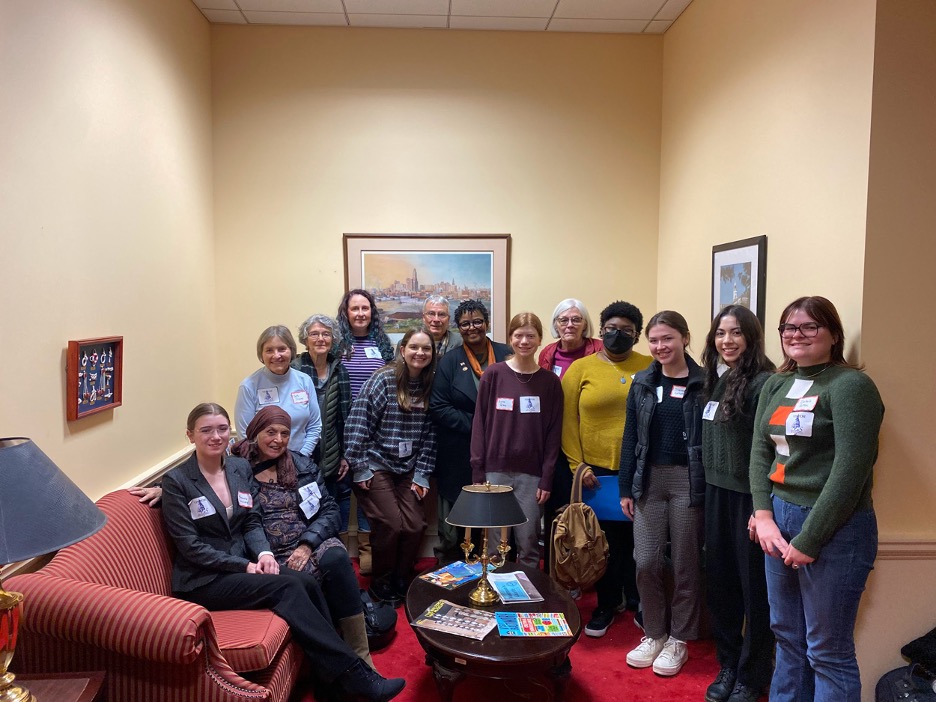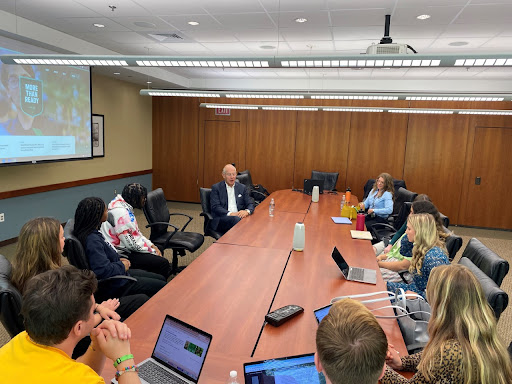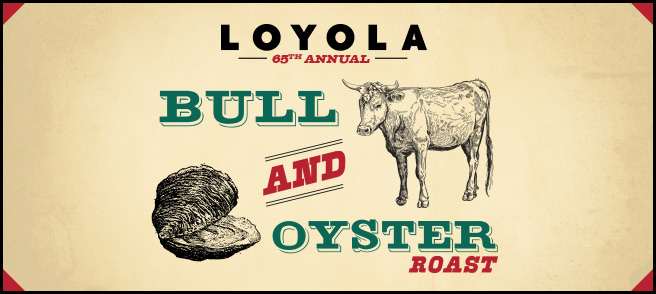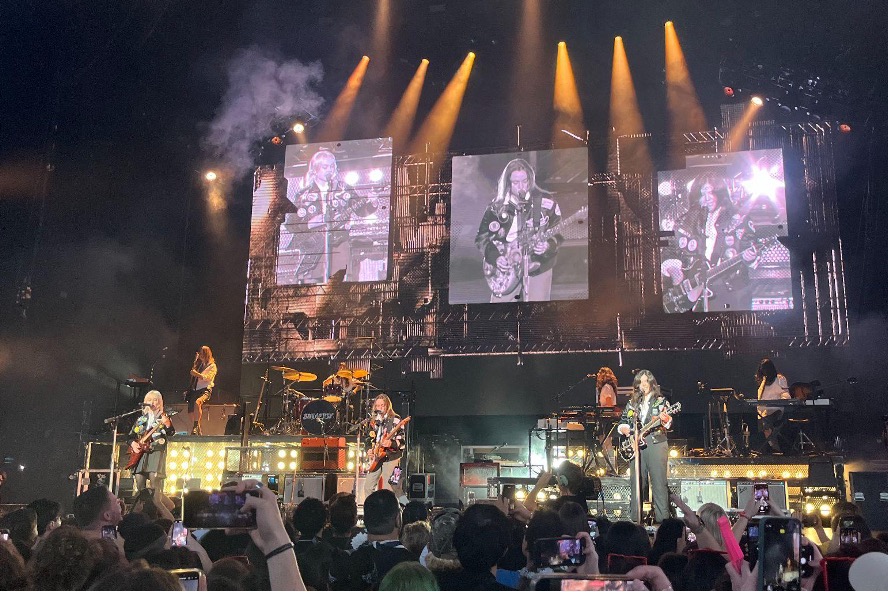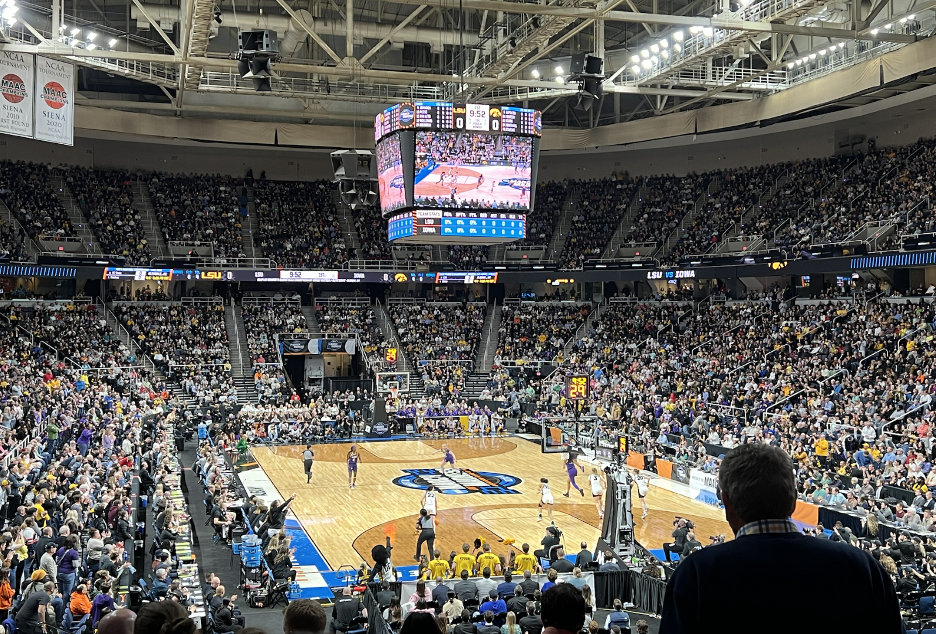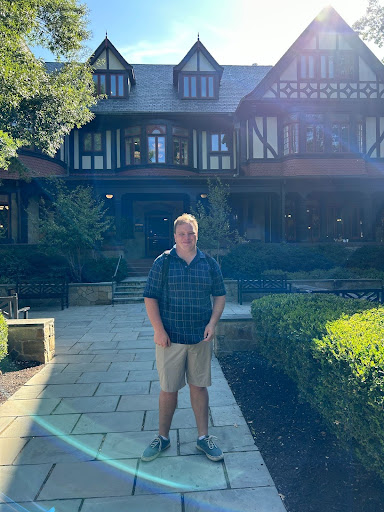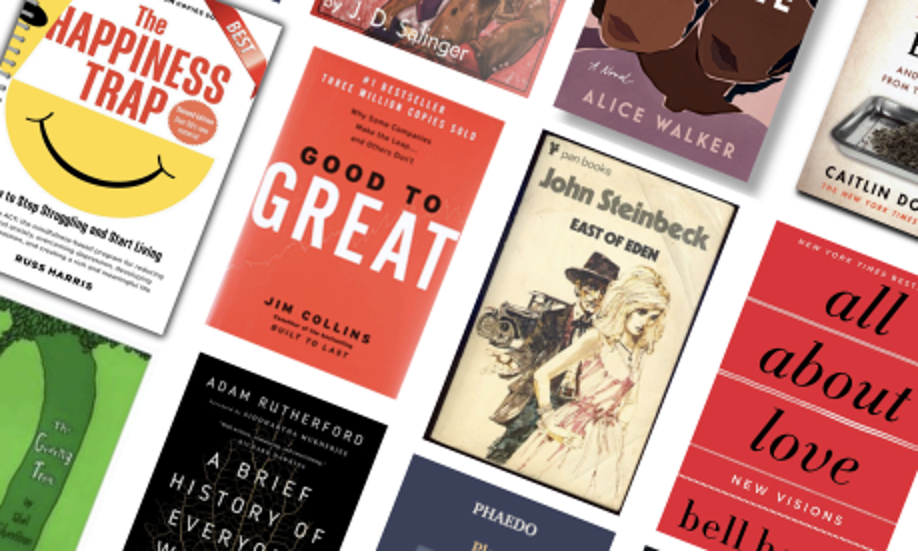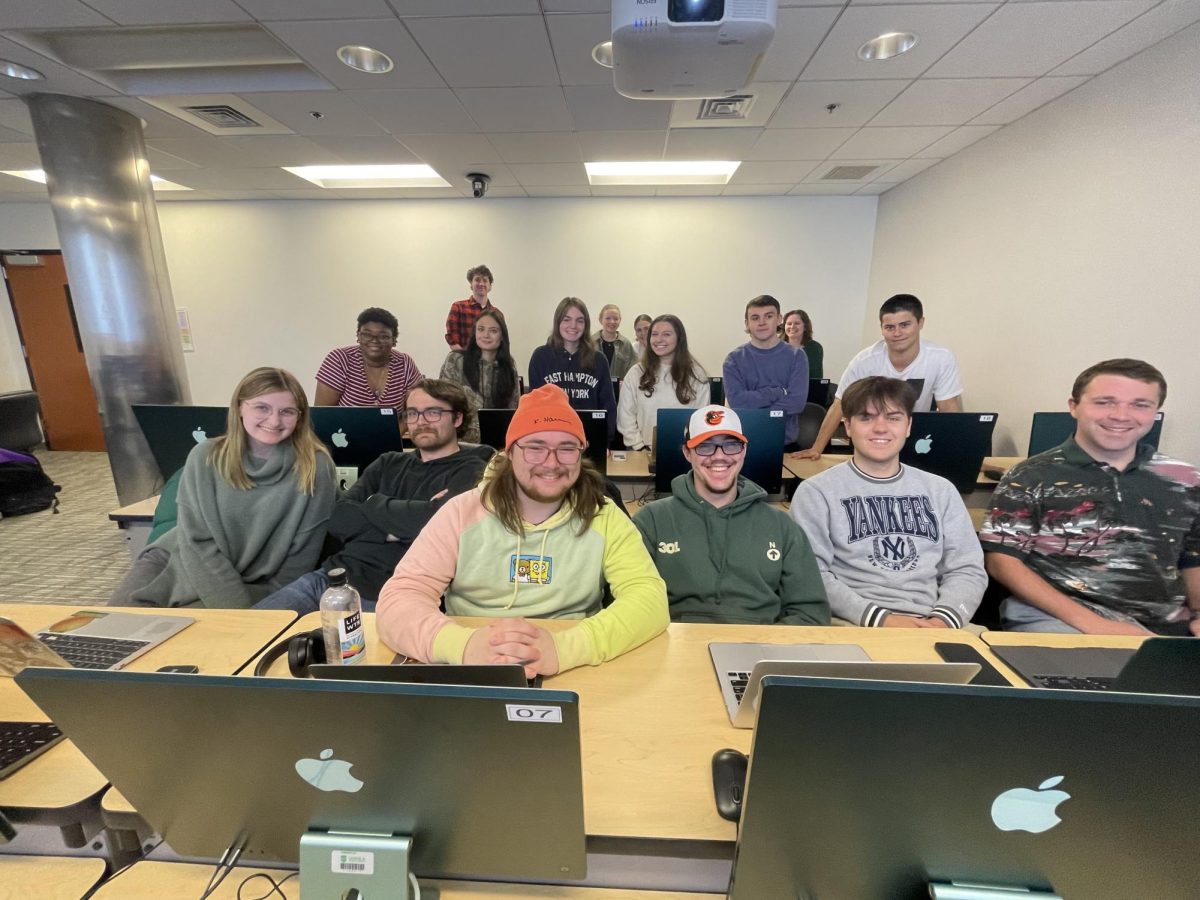At midnight on Oct. 27, the ninth anniversary of its original release, Taylor Swift rereleased her best-selling album “1989 (Taylor’s Version)” including five never-before-heard songs that didn’t originally make it on the album, which are referred to as Vault Tracks.
Swifties around the globe, myself included, waited up with friends, had listening parties, and ordered silence across the room during each song to hear every detail.
Since the ultimate goal of rerecording her masters is to own her music, Swift rerecords each song as closely to the original as possible, only changing enough to make it considered a new song for copyright purposes. Regardless of the closeness to the original recording, diehard Swifties notice every different breath, harmony, and guitar tone.
In the wake of the “Speak Now (Taylor’s Version)” rerecording era being cut short by Swift’s lack of programming, the “1989 (Taylor’s Version)” era is estimated by fans to last much longer due to its commercial success in 2014.
According to Rolling Stone, “1989 (Taylor’s Version)” outsold the original album within its first week, marking Swift’s third album on the top of the charts this year.
The album includes no features on the main tracks, but she released the new version of “Bad Blood (feat. Kendrick Lamar),” a fan favorite, as the singular addition in the deluxe album.
Most of the rerecorded songs sounded extremely similar to the original, but a few differences were noticeable, including different harmony volumes, overwhelming synth sounds, and stronger vocals.
Robbie Buhite ‘24 is one Swiftie who noticed the difference between the two versions of the album. He thinks that revisiting older songs has allowed Swift to blur the distinction between her albums’ sounds.
“The original ‘1989’ had no fat on any songs. It was trimmed so perfectly and put together sonically so that it sounds super clean, neat, efficient, sharp… With this production style, it makes them seem more floaty and vacuous, which makes the songs sound slower, and like ‘Midnights,’” Buhite said.
As with every rerecording, there is much debate over whether the songs were improved or not. Specifically, the hit single “Style” has garnered multiple different reactions. Many fans have taken to social media to share their disappointment about this track in particular.
When asked about her stance on this disagreement, Brigid McCarthy ‘24 thought there were more noticeable changes than those in “Style”.
“In a lot of her recent rerecordings, she’s been putting a filter over her guitar sounds and it’s been really annoying me. To be honest, I feel like the guitar change in ‘Style’ does not annoy me as much as the other guitar changes in her other songs. The more important things like the drum levels and the smaller filler sounds that make the song sound full are still there,” she said.
McCarthy added that Swift’s voice sounds stronger and healthier compared to the original album, and this makes her enjoy the rerecorded songs more.
“At the end of the day, the vibes are still the same and I still want to sing along every time I hear it,” she said.
Buhite also had strong opinions on the production changes in the rerecordings, citing Swift’s close friend and producer Jack Antonoff as a possible culprit.
“He needs a break. He’s a talented producer, but all of his songs have a certain quality about them that makes you know Jack Antonoff produced the song. He’s the Chat GPT of music… if you keep using Chat GPT to make things and it gets trained that way, everything will start to sound like Chat GPT. If everyone is using Jack Antonoff to produce their music, all of pop music starts to sound the same,” he said.
Despite the fact that Taylor Swift wrote over 150 songs for “1989,” only five additional songs made the cut from the vault: “Slut!,” “Say Don’t Go,” “Now That We Don’t Talk,” “Suburban Legends,” and “Is It Over Now?”.
The vault tracks featured a lot of thematic and musical overlap with songs on the original track list, so fans are generally understanding of why they were left behind in the first place, unlike vault tracks from previous albums. Additionally, they put more of a focus on romantic love, which Swift did not want to be the overwhelming theme on this album.
Carolyn Foley ‘24 shared that her thoughts are still jumbled about the album, but that “Now That We Don’t Talk (Taylor’s Version) (From The Vault)” is already in her top 30 songs of the year. Her only coherent review could be summed up in two words.
“She ate,” Foley said.
Jack Morelli ‘24 had a slightly different take on the vault songs. He admitted to skipping most of them when he shuffles the album since they are a slightly different vibe than the main tracklist.
“I wanted one of the vault songs to be a banger I would hear at a party, but none of them are, so in that way I’m a bit disappointed,” he said.
Though “1989” as a whole is admittedly lower on my ranking of favorite Taylor Swift albums, this rerecording has helped me see it in a new light. I am a big fan of the vault songs, as the general vibe of the original tracklist was not really my taste and led to my brief anti-Swift stint in 2014. I look forward to seeing her additions to “Reputation” and “Taylor Swift” when the time comes.











